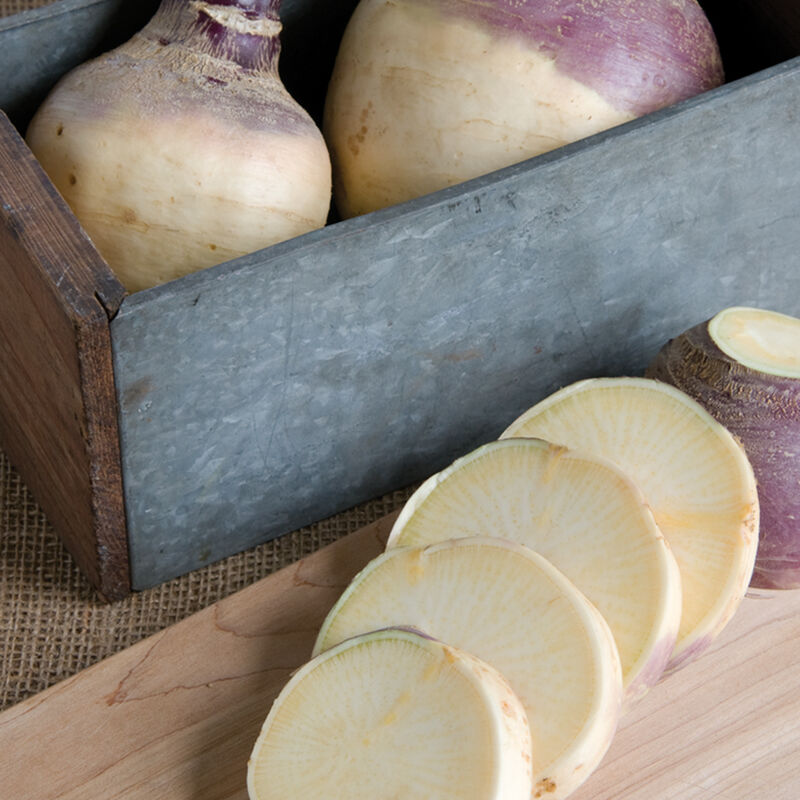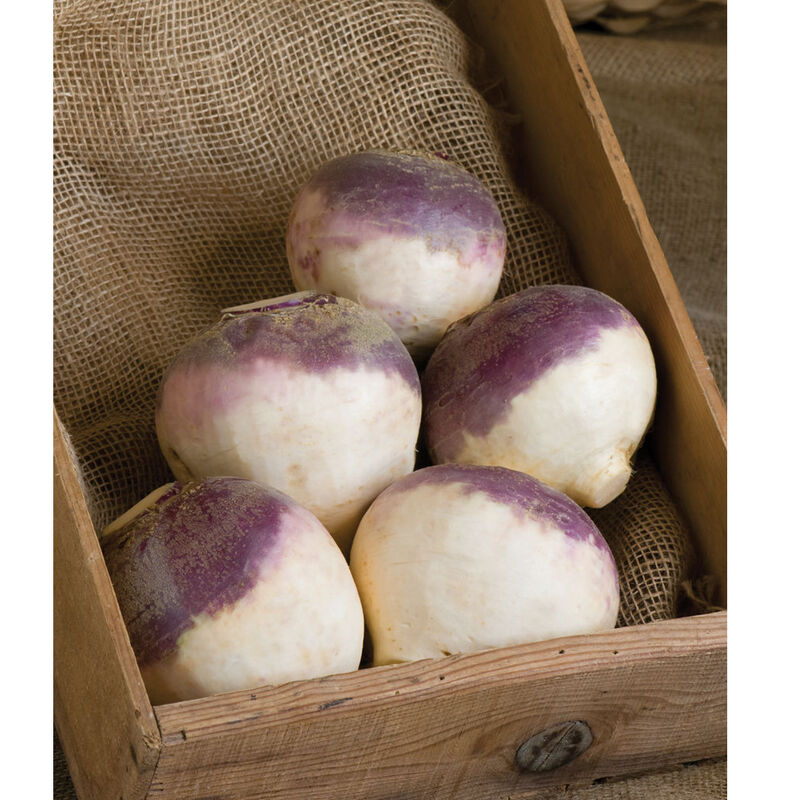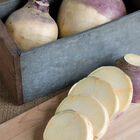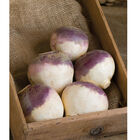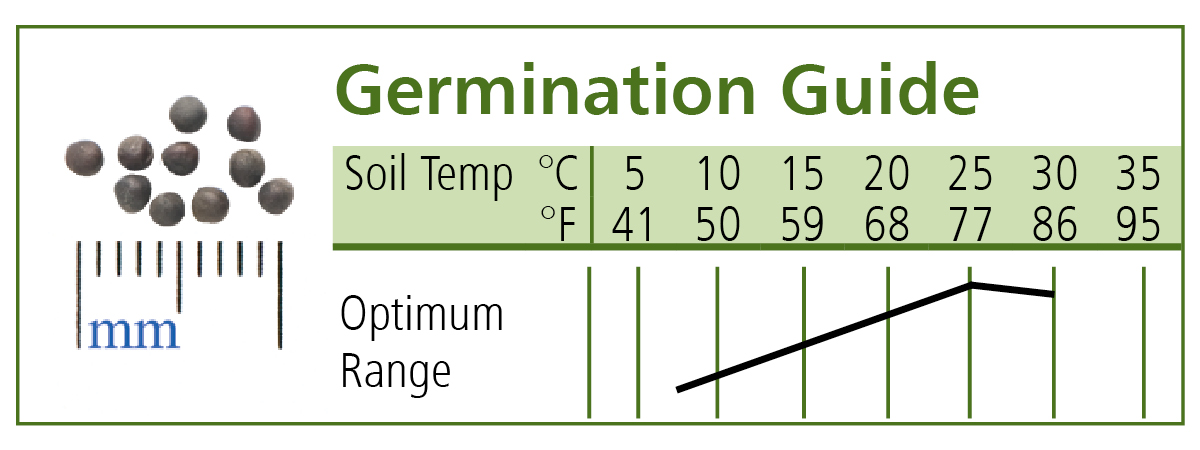Helenor Organic Rutabaga Seed
Product ID:197G.11197G
Helenor Organic Rutabaga Seed
Product ID:197G.11197G
Greater uniformity for better yields.
Nicely round bulbs with light orange flesh and sweet flavor. Develops good color early in root development. Stores well. Sized seed. USDA Certified Organic.Specs:
- This product does not ship to the following countries: United Arab Emirates, Austria, Australia, Barbados, Belgium, Bulgaria, Bermuda, Bahamas, Switzerland, Cyprus, Czech Republic, Germany, Denmark, Estonia, Spain, Finland, France, United Kingdom, Greece, Hong Kong, Croatia, Hungary, Ireland, Iceland, Italy, Japan, Republic of Korea, Kuwait, Cayman Islands, Lithuania, Luxembourg, Latvia, Malta, Netherlands, Norway, New Zealand, Oman, Poland, Portugal, Qatar, Romania, Saudi Arabia, Sweden, Singapore, Slovenia, Slovakia, San Marino, Thailand, Trinidad and Tobago, Taiwan, Ukraine.
SCIENTIFIC NAME:
Brassica napusCULTURE:
Rutabagas prefer well-drained soils abundant in potash and phosphorus, with a pH range of 6.4-6.8. For customary fall and winter use, plant in late spring, early summer, or about 90 days before intended harvest. Sow 6 seeds per foot, 3/8" deep, thinning to 6" apart, in rows 18-24" apart.DISEASES:
Soft, brown interior root spot indicates soil boron deficiency, corrected by good compost or agricultural borax. Diseases include black leg, black rot, and turnip mosaic virus. Practice crop rotation (as with all Brassicas). Dispose of infected plants and do not allow any to survive the winter to infect a new crop.INSECT PESTS:
Protect from cabbage root maggots and flea beetles with floating row covers at time of planting.HARVEST AND STORAGE:
After at least two good frosts, cut tops and store washed or unwashed at 32°F (0°C) and 95% relative humidity for up to 6 months. Waxing (dipping clean roots in paraffin) is done prior to delivery to prevent drying of roots in store displays.AVG. DIRECT SEEDING RATE:
1M/166', 1 oz./1,400', 131M or 14¼ oz./acre at 6 seeds/ft. in rows 24" apart.SIZED SEEDS:
"Sized" seeds have been sorted so they are roughly the same size. This consistency allows for more accurate spacing with mechanical seeders and more even germination. Rutabaga seed is unsized, except when noted in the product description.SEED SPECS:
SEEDS/LB.: Avg. 168,700.PACKET:
100 seeds, sows 16'.Johnny's is committed to your success, every step of the way.
We want you, our customer, to be 100% satisfied with all of our seeds, tools, and supplies.
If anything you purchase from us proves unsatisfactory, we will either replace the item or refund the purchase price.


